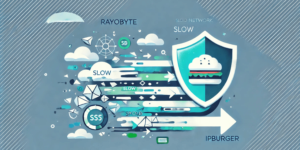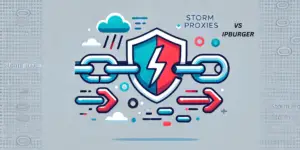Though VPNs tend to be very helpful, they at times experience problems. When this happens, a VPN may not work correctly. This may lead to internet security and privacy risks as you might no longer be protected.
A VPN problem might result in no connection at all or lead to a slower VPN experience which makes it difficult to browse. Although VPNs cause a slight reduction in browsing speeds, extreme slow down requires an action.
What to do When Your VPN Isn’t Working Properly
- Switch to a Paid VPN
Free VPNs are prone to experiencing problems which lead to slow browsing speeds and even disconnects. This is because users share the same resources such as servers and sometimes an overload/congestion may occur. Paid VPNs don’t experience congestion problems as customers get the value of their money. If you are using a free VPN, I highly recommend an upgrade to a premium VPN. If you are using a paid VPN and still experiencing problems, proceed as follows;
- Change your server location
If you are experiencing slow connections, changing a VPN’s server location can make a lot of difference. The closer you are to a server, the higher the speeds you will get. Servers that are not congested too much also have high speeds. To change your server location, open the server list and select a closer server. Most VPNs show server latency, and this is your guide when choosing servers based on proximity. The lesser the latency value, the closer the server is.
- Change the VPN Protocols
VPNs use protocols to connect you to the internet, these protocols determine how the connection is made, and this includes speed. The most commonly used protocol is OpenVPN. VPNs use this protocol via UDP (User Datagram Protocol) or TCP (Transmission Control Protocol). TCP has error correction capabilities, and whenever there is a problem, retransmission is done. This makes OpenVPN TCP slow. On the other hand, UDP doesn’t offer error correction capabilities and hence its faster than TCP. When experiencing low speeds change to OpenVPN UDP.
- Ensure you use correct login credentials
Typing the wrong email/username or password will result in authentication errors. It’s necessary to recheck the username and password to avoid this error.
- Ensure the VPN client and Provider are Online
Overlooking the simple things is the easiest way to ignore mistakes. Test whether you are online by opening any web without a connection through a VPN. If you are not connected, reboot your router and try again. Then check whether your VPN provider is online. VPN servers go offline once in a while for maintenance.
- Change Connection Ports
Some networks and ISPs tend to block the internet traffic on specific ports. This means that your VPN connection won’t go through such a port. It’s therefore recommended to try a connection through a different port.
Fixing a VPN app that Keeps Crashing
At times VPN apps can crash or freeze unexpectedly now and then. This can lead to privacy and security breaches. This problem can be hard to troubleshoot, but worry not, here’s what you can do;
- Update the VPN app and if this doesn’t help, uninstall and reinstall it again. Also, make sure you are not running more than one VPNs in your system.
- Sometimes it can be memory problems, if your device has inadequate RAM, consider closing some apps.
- Lastly, your device can be the problem. As IT experts advice, a restart will refresh the system and get rid of almost all issues.



